By Jon Diamond
An army that will be poised for victory requires élan, military intellect, a penchant for tactical and strategic innovation, and the zeal to use the most qualified individuals for training and leadership. This dictum was violated with the curious circumstances of the forced retirement of Maj. Gen. Percy Cleghorn Stanley Hobart shortly before hostilities were to commence in Western Europe and the North African littoral during the early months of World War II.
Hobart’s forced retirement occurred despite his spectacular rise through the young Royal Tank Corps (RTC) for well over a decade. Fortunately, Prime Minister Winston Churchill retrieved him from the Home Guard and empowered him to develop and train first the 11th Armored Division and then the 79th Armored Division, which would gain historical acclaim by the assortment of specialized armored vehicles (“Hobart’s Funnies”) fielded by this unit.
A Volunteer For the Royal Tank Corps
Hobart was born in Taina Tal, India, in 1885; his father was a civil servant there. He graduated from Clifton College and began, as his biographer Kenneth Macksey states, “an initially orthodox military career” by attending the Royal Military Academy, Woolwich in 1902. After graduation, he was posted to the elite 1st Bengal Sappers and Miners in the Indian Army in 1906. However, unorthodoxy was soon exhibited by Hobart, coupled with a keen intellect and an often abrupt, argumentative manner.
During World War I, Hobart won the Military Cross in 1915. The following year he served on the staff of an Indian Army infantry brigade ordered to relieve a British garrison in Mesopotamia (today Iraq). In this Middle Eastern theatre, he won the DSO, was wounded, and briefly taken prisoner by the Turks. Subsequently promoted to brigade major, he was highly regarded for his excellent staff work in the advance to Baghdad in 1917 and, then, at Megiddo. However, his actions in this theatre were also characterized by disobedience and insubordination.
In 1919, he attended the Staff College at Camberley and was a fellow student with H. Maitland (“Jumbo”) Wilson there. Their relationship 20 years later in Egypt would prove to be a bitter one.
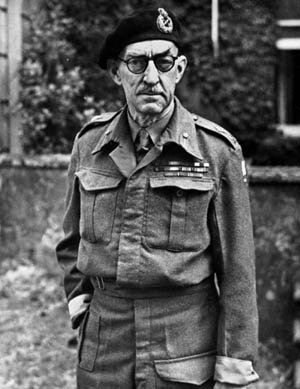
In 1923, Hobart volunteered for the nascent Royal Tank Corps (RTC) and became an instructor at the Staff College in Quetta (then in India—today Pakistan), where he supervised the development of tank doctrine. At Quetta, he scandalized some members of the military fraternity in 1927 by appearing as a co-respondent in a divorce case in connection with one of his student-officers in the Royal Engineers whose wife, Dorothea Field, he would marry only months after her divorce. The effects of their action was not ignored and would impact the subsequent development of Hobart’s acrimonious interactions with his superiors in Egypt.
Back in England, in 1931, Hobart took command of the 2nd Battalion RTC. Two years later, he was promoted to Inspector General of the RTC with the rank of brigadier general and formed a strong friendship with the tank expert, Basil Liddell Hart. In his book, The Other Side of the Hill, Liddell Hart notes, “The command of this tank brigade—the Experimental Armoured Force of 1927/ 28—was given to an expert in handling tanks, Brigadier P.C.S. Hobart, who had both vision and a dynamic sense of mobility. He did much to develop the tactical methods and wireless control required for fast moving operations. He also seized the opportunity to try out, in practice, the theory of deep strategic penetration by an armoured force operating independently.”
In 1934, Hobart became the commander of the 1st Tank Brigade upon its establishment and had the opportunity of leading this unit in a large-scale exercise. When the exercise became a total failure, Hobart lost his temper because of the obstacles deliberately imposed upon the armor by the umpires, chief among them Major-General Archibald P. Wavell. The paths of Wavell and Hobart were to cross again with an even more disastrous outcome.
The Making of the Desert Rats
With the assumption of the War Ministry by Leslie Hore-Belisha in 1937, Hobart had found a supporter who wanted to reward him with command of Britain’s first modern armored division. However, War Office conservatives became belligerent in their rejection of Hobart to command this division and proposed a cavalryman instead. A frustrated Hore-Belisha wrote, “In all my experience as a Minister of the Crown, I never encountered such obstructionism as attended my wish to give the new armored command to Hobart.”
Fortunately, following the Munich crisis in September 1938, Hobart was sent to Egypt to raise and train Britain’s second modern armored formation, the Mobile Division, destined to become the famed 7th Armored Division (the “Desert Rats”). London was now free of Hobart, but Germany was on a war footing, having already studied and implemented Hobart’s lessons on tank warfare.
In Egypt, Hobart faced similar ostracism from the military command. The conversion from cavalry to armor was a bitter blow to the traditional and hidebound Hussar regiments and their Commander-in-Chief, Egypt, Lt. Gen. Sir Robert Gordon-Finlayson, who was also very unreceptive to any new ideas. Upon Hobart’s arrival in Egypt, Gordon-Finlayson met him with the discouraging greeting, “I don’t know what you’ve come here for, and I don’t want you anyway.” The tone was set for Hobart’s relationship with Cairo Headquarters and was not to change.
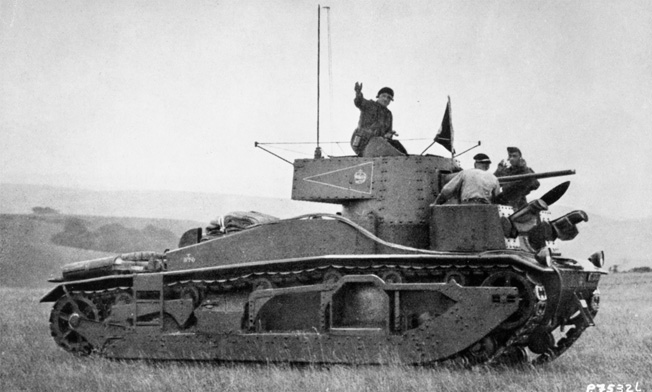
Gordon-Finlayson was a socially-minded soldier who detested Hobart at the personal level for his scandalous marriage in 1928. At the time, divorce was a stigma and Hobart’s involvement caused a considerable flap, provoking the War Office to issue a statement that if an officer were to disrupt the marriage of a brother officer in his own regiment he would be expected to resign his commission. Fortunately, Hobart was in the RTC while the divorced fellow officer was a Royal Engineer.
Nonetheless, through his own perseverance against a vocal, disapproving superior and an initially nonmotivated command, Hobart molded this North African tank division into the famous 7th Armored Division with the black jerboa (desert rat) as their emblem.
“No Confidence” in Hobart
Gordon-Finlayson despised Hobart and had sworn professional retribution. When Gordon-Finlayson returned to the United Kingdom to become adjutant general, he wrote a condemning report of Hobart’s fitness to command in order to “appease his pent-up frustration” with him. Some of the derogatory statements made in Hobart’s fitness report included, “difficult to serve with or understand;” “impetuous in judgments which are not as consistent and confidence-bearing as a Commander’s should be;” “not likely to qualify for the highest command and appointment;” “marked reluctance to listen to others’ opinions and is too impatient with staff officers;” “gives impression [of] not placing much value on other arms;” “has caused misgivings and shaken his position as a Commander, result is he does not get the willing best from his subordinates and has not welded them into a happy and contented body;” “General Hobart’s methods of managing officers and men do not give the best results. I cannot regard him a suitable commander in the field for a promotion.”
It seems that before Wavell left England to assume command of the Middle East, he had talked with Gordon-Finlayson who had, most irregularly, shown him one of Hobart’s confidential fitness reports. In any case, Wavell undoubtedly remembered the 1934 exercises in which Hobart’s opinion of his own umpiring had been both unfavorable and vociferous. Parenthetically, Wavell’s wife was among the ladies who thoroughly disapproved of the Hobart marriage in 1928.
In mid-1939, “Jumbo” Wilson arrived in Cairo to relieve Gordon-Finlayson. Wilson immediately found fault with Hobart after suggesting that an exercise with the Mobile Division be held. It was a complete disaster and led to an embarrassing confrontation between Hobart and Wilson, which was then followed up by a letter from Hobart to Wilson rebutting the latter’s military criticisms. It was quite clear that despite the vast area of the Middle East Command, there was not room for both Wilson and Hobart.
On November 10, 1939, Wilson wrote a letter to Wavell recommending that Hobart be replaced on the grounds that there was “no confidence in his ability to command the Armored Division to their satisfaction.” Wilson judged Hobart’s over-centralization of command and the heresy of his tactical ideas being based upon the invincibility of the tank to the exclusion of the employment of other arms in correct proportion as his principal flaws. Wilson’s letter to Wavell ended, “I request therefore that a new Commander be appointed to the Armoured Division.”
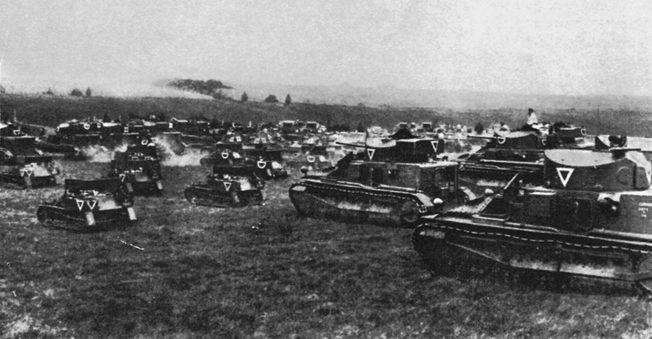
Hobart’s biographer, Kenneth Macksey, notes, “Neither General Wavell nor General Wilson came out of this transaction with credit.” However, Wavell did write, “I hope that it will be found possible to use General Hobart’s great knowledge and experience in Armoured Fighting Vehicles in some capacity.”
When Hobart departed Egypt, the troops of the Mobile Division lined the route to cheer their general on his way. It must be noted that upon assuming command of the Mobile Division, Hobart showed great ingenuity in improvising equipment, at a time when shortages in everything was rife. As more equipment, infantry, armor and artillery arrived, the troops began to learn more about their weapons and vehicles as well as working better with the other arms. Other important details, such as learning to live in the desert, how to deploy, how to recognize the enemy while concealed, all began to take hold in Hobart’s maturing Mobile Division.
General Richard O’Connor, who commanded the 8th Infantry Division at Mersa Matruh, wrote of the Mobile Division, “It is the best trained division I have ever seen.” Six months after Hobart’s departure, the 7th Armored Division, using Hobart’s methods, was an integral part of the Western Desert Force in its famous victory over the Italian Army at Beda Fomm.
“We Have Wasted Brains”
On March 9, 1940, Hobart, now on retired pay, became a Lance Corporal in the Chipping Campden Home Guard. Neither an appeal to the King nor the War Office could help reinstate him to higher rank. Thus, during the height of the “Phony War” or “Sitzkrieg” with Germany, as the Allies were readying themselves for an attack in the West by the Wehrmacht, the upper echelon of the British Army deemed it suitable to sack their major armor expert in uniform.
Hobart engendered considerable opposition amongst top military leaders, who believed that his enthusiasm for the armored concept of warfare meant of necessity the denigration of all other arms including their own. They were mistaken, since Hobart was well aware of the need for integration of all arms, and far more aware than most of the need for cooperation between army and air forces. What more likely contributed to Hobart’s “forced retirement” in 1940 was his irascible, abrasive personality.
Also, he did not suffer fools gladly. He treated those whose minds did not move as quickly as his own with scant regard, whatever their rank, and cared little for the politeness of life as in the officers’ mess. “Military buffoonery” was a phrase Hobart often used to castigate many of the Army’s cherished traditions. He said, “I dislike all this dressing up. This emotional intoxication produced by bagpipes and bearskins, and the hypnotism of rhythmical movement and mechanical drills. The glorification of the false side of war.” Hobart’s attitude was not one that would endear him to the military establishment.
On August 11, 1940, Liddell Hart, the military theorist and correspondent, wrote an article that appeared in the press entitled, “We Have Wasted Brains.” It was Liddell Hart’s intent to convey that Hobart’s position, as well as that of other armored enthusiasts who had been diverted by entrenched conservatism in high places, be revealed to Churchill. Immediately, Churchill began the maneuvers necessary to bring Hobart back from the Home Guard to the Army.
From Corporal to General
Hobart and Churchill were not strangers to each other. In 1935, Hobart and Churchill met at an RTC dinner. The following year, when Churchill remained isolated in his “political wilderness,” in part because of his frequent criticism of then Prime Minister Stanley Baldwin’s meager attempts to rearm in the name of appeasement, Brigadier Hobart as the commander of England’s only tank brigade arrived at Churchill’s London apartment in mufti to advise the “backbencher” informally about the inadequate extent of Britain’s mobile armor. This was not unusual for Churchill, who had a myriad of uniformed officers providing him with both German and British armament capabilities.
On October 13, 1940, Corporal Hobart met with Churchill and the former delineated his grandiose design for an “Armored Army” comprised of ten armored divisions and 10,000 tanks. Six days later, Churchill corresponded with the CIGS, General Sir John Dill, to have Hobart command an armored division. After some contentious negotiations with Dill and a subsequent meeting with Churchill in November 1940, Hobart was given command of the 11th Armored Division in 1941.
Prior to this appointment, Churchill wrote Dill, “I was very pleased … when you told me you proposed to give an armored division to General Hobart. I think very highly of this officer, and I am not at all impressed by the prejudices against him in certain quarters. Such prejudices attach frequently to persons of strong personality and original view. In this case, General Hobart’s views have been only too tragically borne out. The neglect by the General Staff even to devise proper patterns of tanks before the war has robbed us of all the fruits of this invention.” Parenthetically, it should be noted that Churchill was instrumental in the ideas for tank development to break the stalemate of trench warfare on the Western Front in World War I.
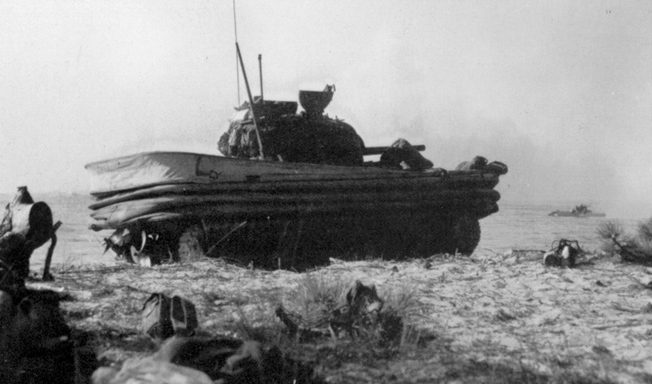
Churchill further commended Hobart in his letter to Dill, “We should, therefore, remember that this was an officer who had the root of the matter in him, and also the vision. I have carefully read your note to me, and the summary of the case for and against General Hobart. We are now at war, fighting for our lives, and we cannot afford to confine Army appointments to officers who have excited no hostile comment in their career. The catalogue of General Hobart’s qualities and defects might almost exactly have been attributed to most of the great commanders of British history…. Cromwell, Wolfe, Clive, Gordon, and in a different sphere Lawrence, all had very close resemblance to the characteristics set down as defects. They had other qualities as well, and so I am led to believe has General Hobart [then reduced to Corporal Hobart of the Home Guard]. This is the time to try men of force and vision, and not to be exclusively confined to those who are judged thoroughly safe by conventional standards.”
As Churchill’s plans to reinstate Hobart were in play, Britain’s precarious position in the winter of 1940 must be emphasized. Although, the Western Desert Force under the command of Maj. Gen. Richard O’Connor was about to cripple the Italian Army during Operation Compass in North Africa from December 1940 through February 1941, both Western Europe and Scandinavia had been lost and the British Isles were still being pounded by the Luftwaffe during “the Blitz.” Churchill clearly needed an armored enthusiast to devise, equip, train and lead armored divisions if he ever seriously considered ultimately fighting the German Army on the Continent.
“The High Commands of the Army Are Not a Club”
Despite the prime minister’s ringing endorsement of Hobart, continued efforts were made to oust the 11th Armored Division commander on medical and age criteria on the eve of his unit’s deployment to Tunisia in 1942. Churchill, once again, defended Hobart with a memorandum to the Secretary of State for War on September 4, 1942: “I see nothing in these reports [of the Medical Board report on Hobart] which would justify removing this officer from command of his division on its proceeding on active service. General Hobart bears a very high reputation, not only in the service, but in wide circles outside. He is a man of quite exceptional mental attainments, with great strength of character, and although he does not work easily with others, it is a great pity we do not have more of his like in the service.” It seems as if Churchill were describing a kindred spirit of himself.
The prime minister’s endorsement of Hobart went even further: “I have been shocked at the persecution to which he has been subjected. I am quite sure that if, when I had him transferred from a corporal in the Home Guard to the command of one of the new armored divisions, I had insisted instead of his controlling the whole of tank development, with a seat on the Army Council, many of the grievous errors from which we have suffered would not have been committed.”
It must be emphasized that even though Rommel was stopped in his bid for the Nile Delta at the Battle of Alam Halfa at the time of Churchill’s memorandum, the British Eighth Army under many different commanders had suffered the worse for almost two years in armored engagements in North Africa. In July 1942, the Eighth Army had been on the brink of disaster after the Gazala debacle. A wholesale purge of Eighth Army leadership was to occur in August 1942. Thus, one has to wonder what would have happened in North Africa if Hobart had remained in command of the 7th Armored Division.
Churchill’s communiqué concluded, “The high commands of the Army are not a club. It is my duty … to make sure that exceptionally able men, even though not popular with their military contemporaries, are not prevented from giving their services to the Crown.” Ultimately, neither Hobart nor the 11th Armored Division went to North Africa. The 11th Armored Division was redeployed for Europe under General “Pip” Roberts. However, the 11th Armored Division, along with Hobart’s previous command in Egypt, the 7th Armored, remained one of the best British tank units of the War.
Hobart’s Experimental Tanks
Another pressing assignment had developed for Hobart. The new CIGS, General Sir Alan Brooke, offered Hobart command of the 79th (Experimental) Armored Division in March 1943 with the specific intent of devising and training specialized armor and crews for the Normandy beaches and beyond.
Specialty tanks were required to neutralize many of the beach obstacles, as the forlorn attack by the Canadians at Dieppe had clearly shown. If the vaunted Atlantic Wall were to be breached, military intellect and ingenuity were going to be required. Hobart accepted the command only after conferring with his friend and fellow armor enthusiast, Basil Liddell Hart.
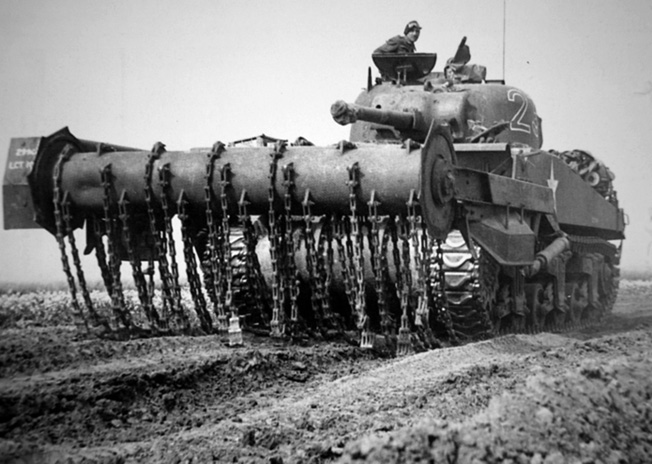
Thus, the origin of “Hobart’s Funnies”—modified Churchill tanks to bridge ditches and destroy pillboxes (Armoured Vehicles Royal Engineer or AVREs), Sherman tanks with a spinning flail to clear minefields (“Crabs”), Churchill tanks with flame-throwing ability (Crocodile), and amphibious Sherman tanks to swim ashore (duplex drive or DDs) with the infantry assault waves.
Finally, there was the Canal Defense Light (CDL) tank with its 13 million candle power searchlight intended to turn night into day and blind the enemy gunners after dark. “Hobart’s Funnies” ultimately proved their worth in the Normandy invasion and helped the Allied forces grab a foothold on the continent that they never relinquished.
“A Military Genius”
Among his postwar honors, Hobart was knighted by King George VI. From the United States, he received the Legion of Merit, Degree of Commander. According to his friend, Liddell Hart, Hobart was “one of the few soldiers I have known who could be rightly termed a military genius.”
In 1945, Hobart commanded the Specialized Armored Experimental Establishment. The next year, he officially retired from the British Army, six years after his “forced retirement” by a military hierarchy that scorned him for social reasons, denigrated him for his acerbic personality, and probably were both envious and afraid of his keen intellect and ingenuity. Sir Percy Hobart died on February 19, 1957.
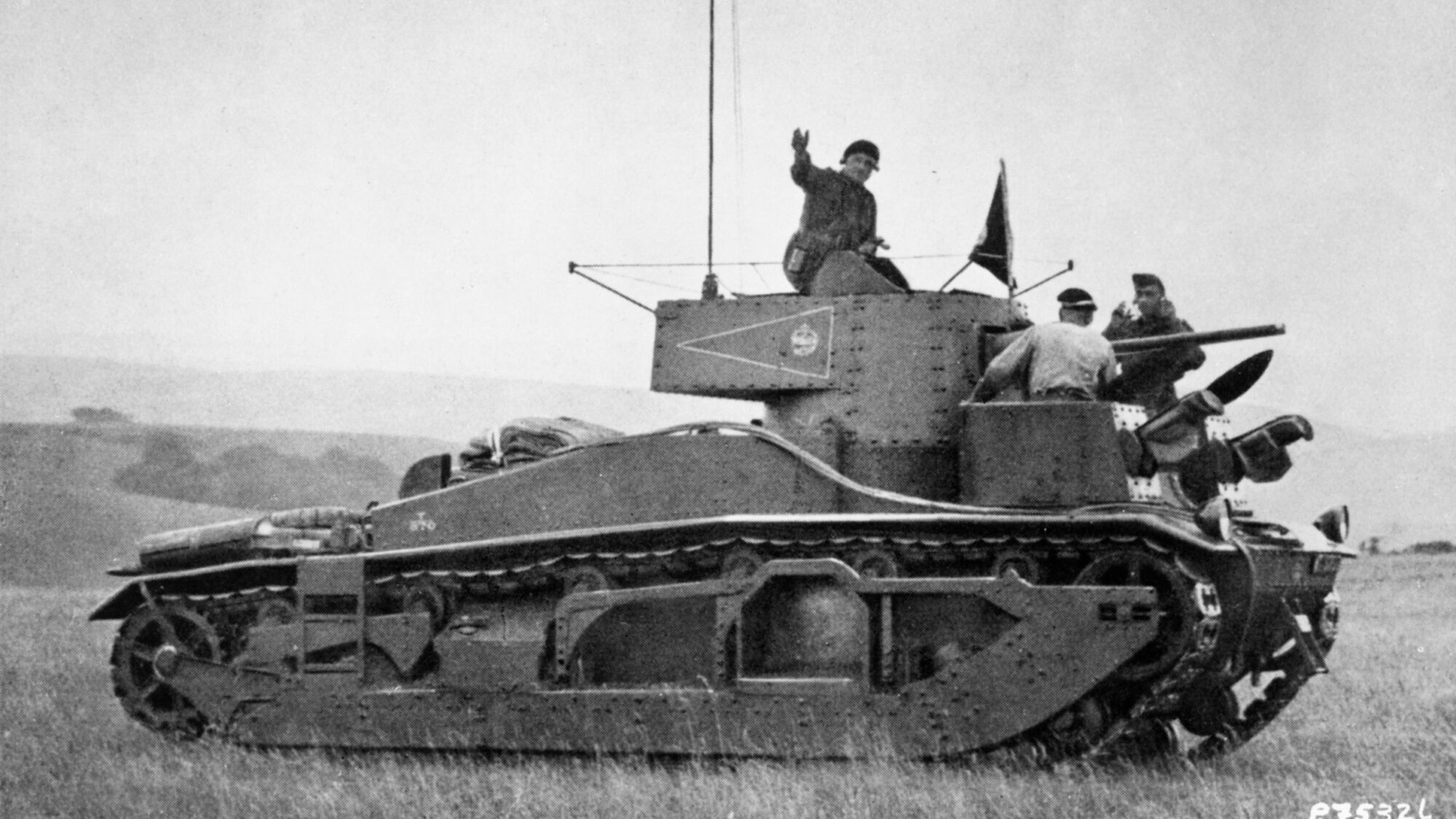
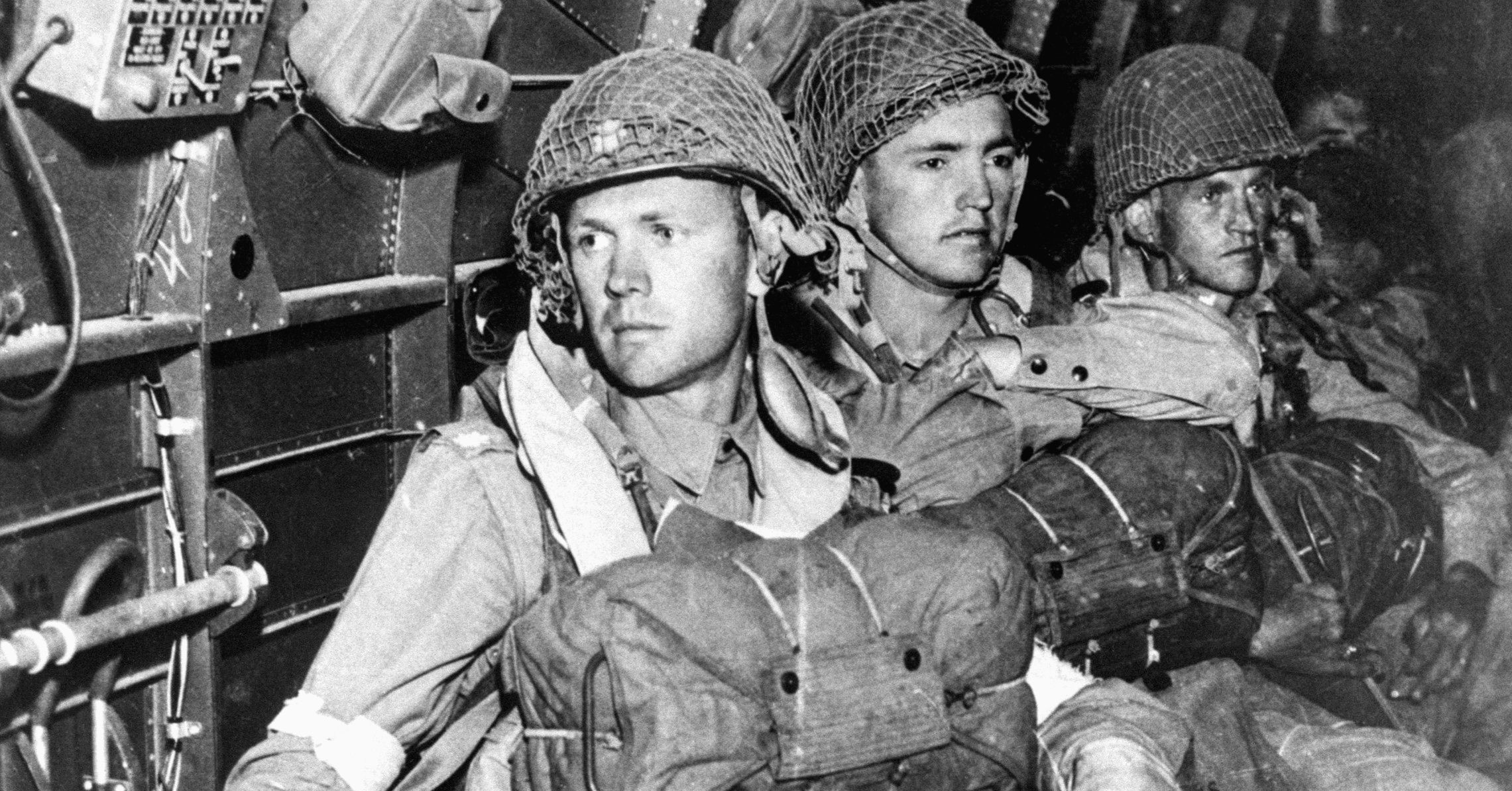
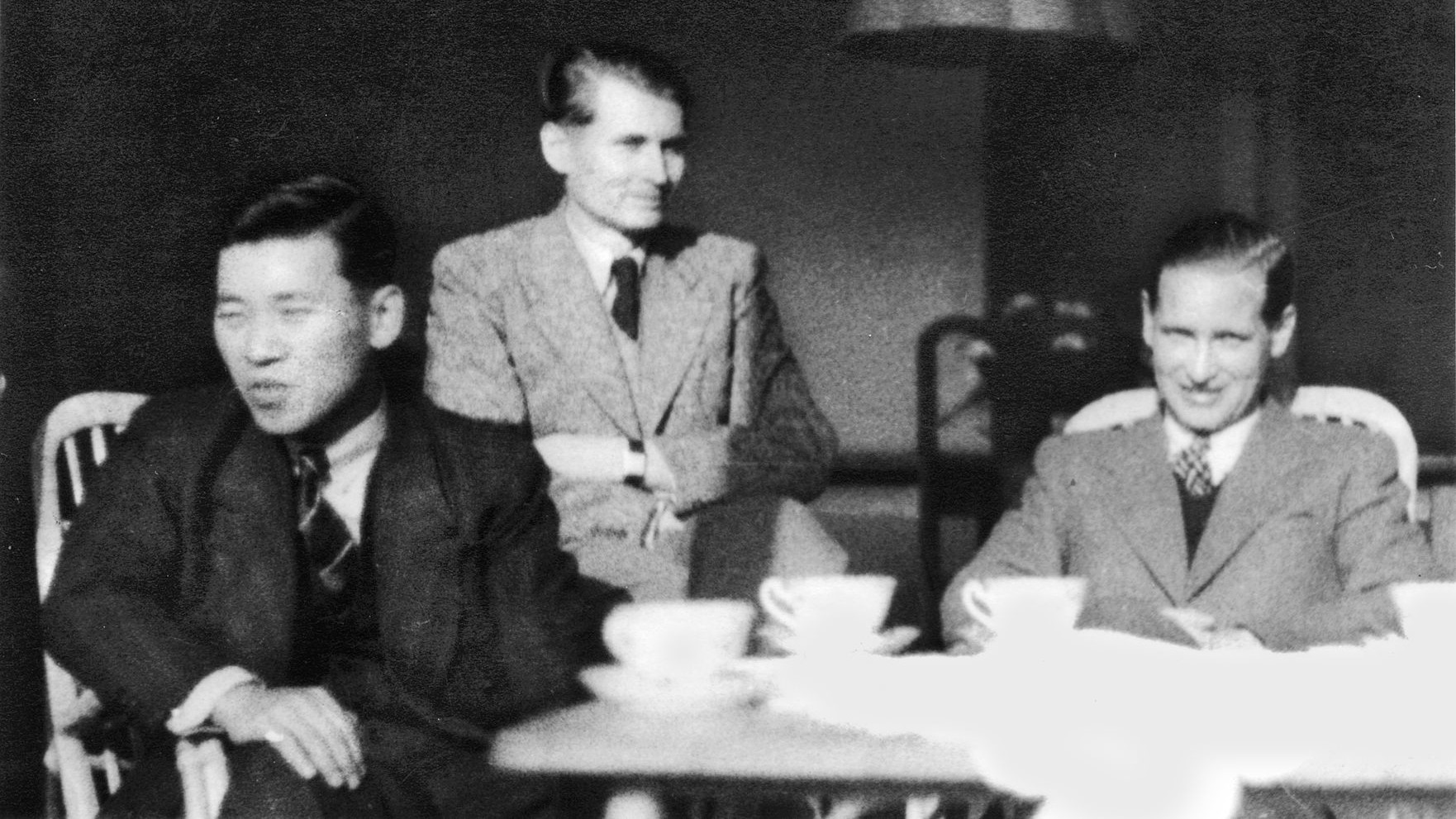
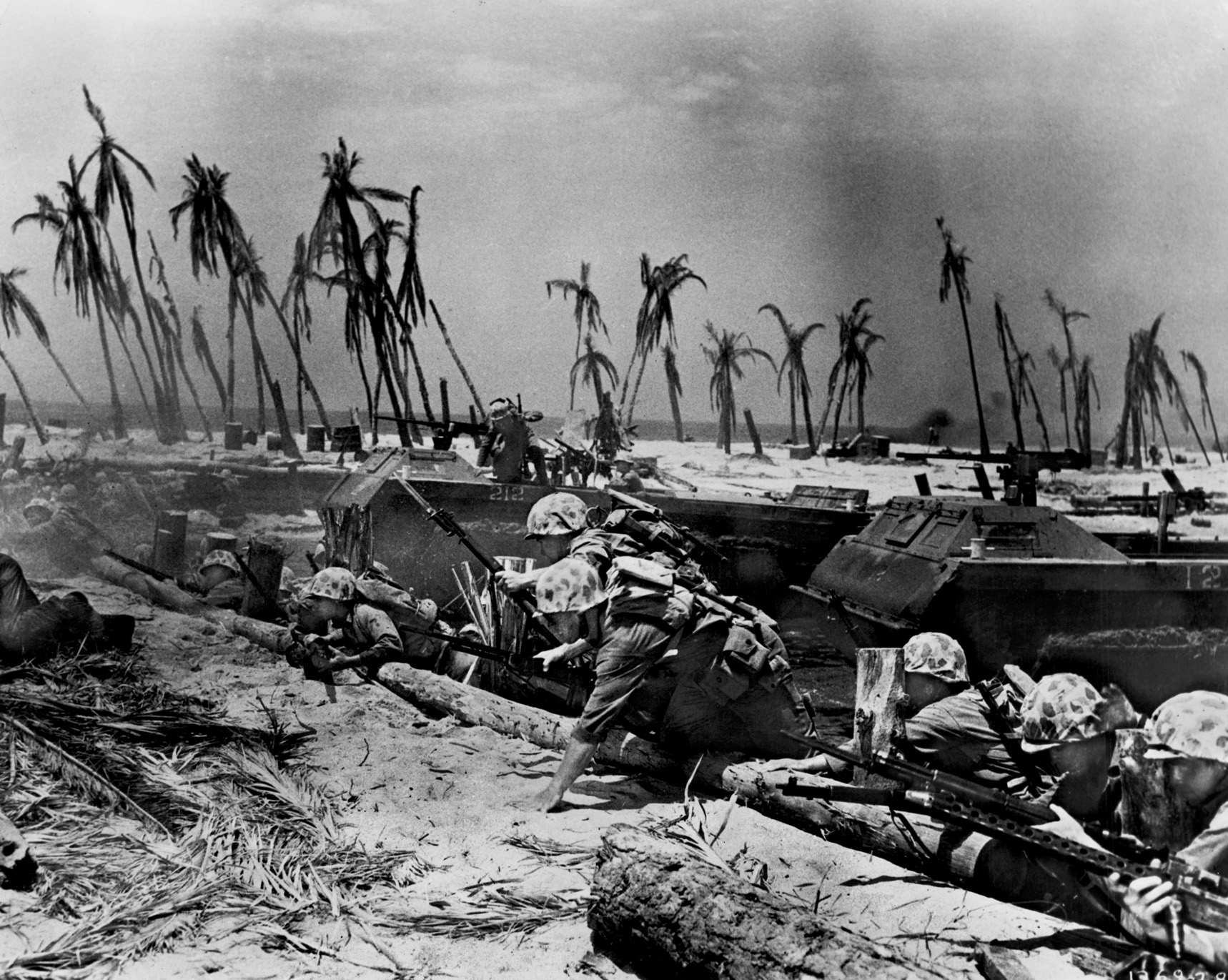
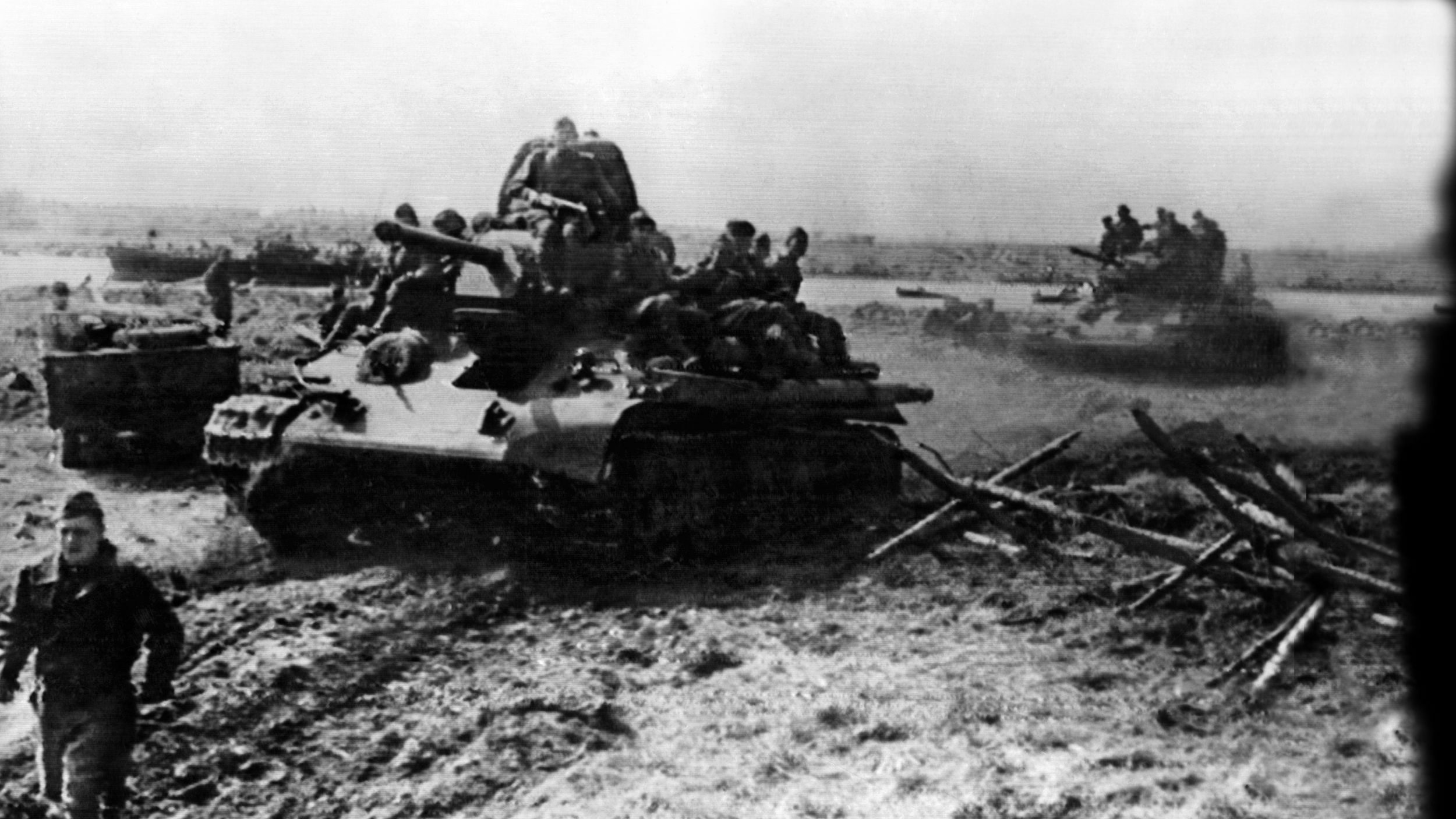
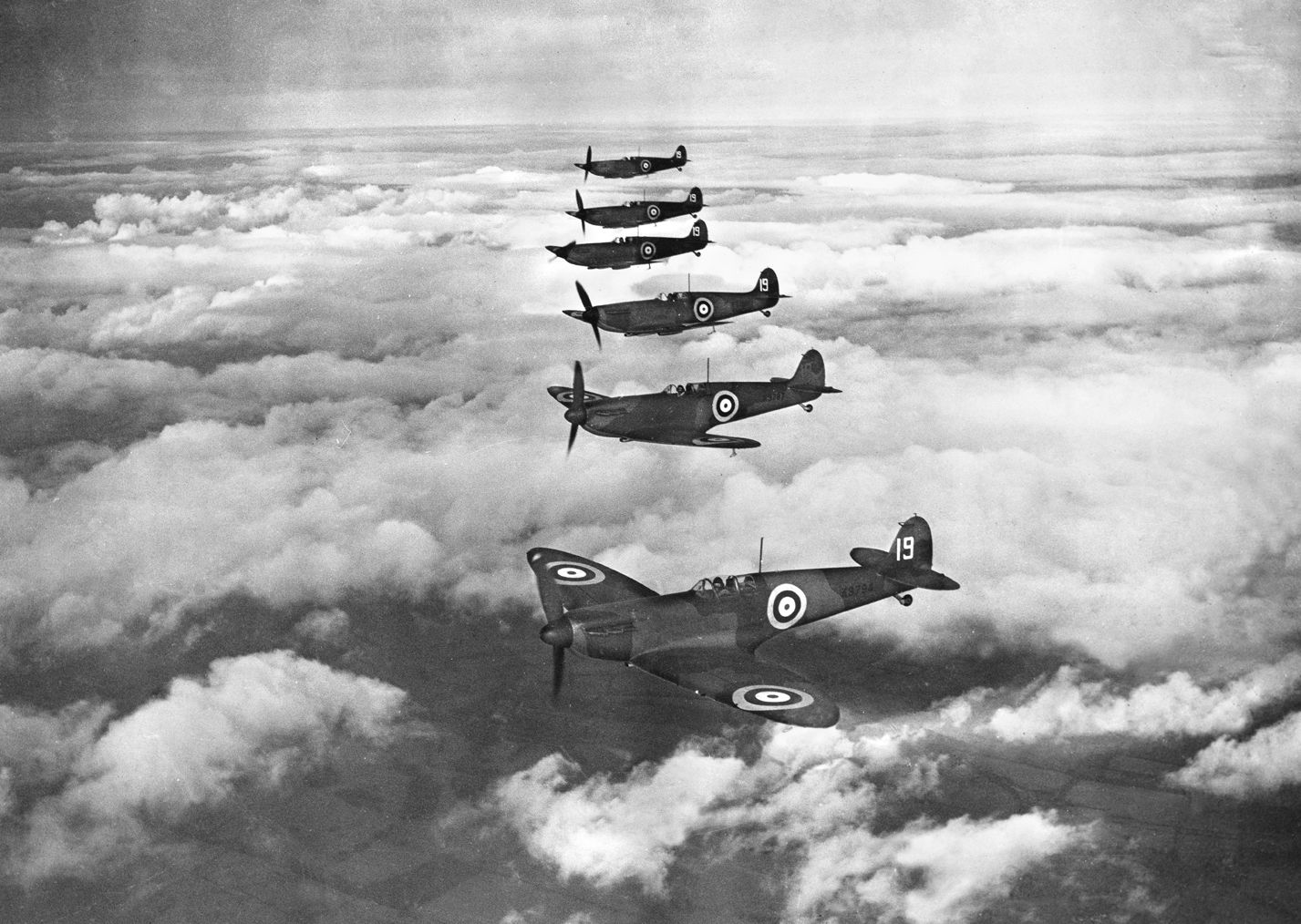
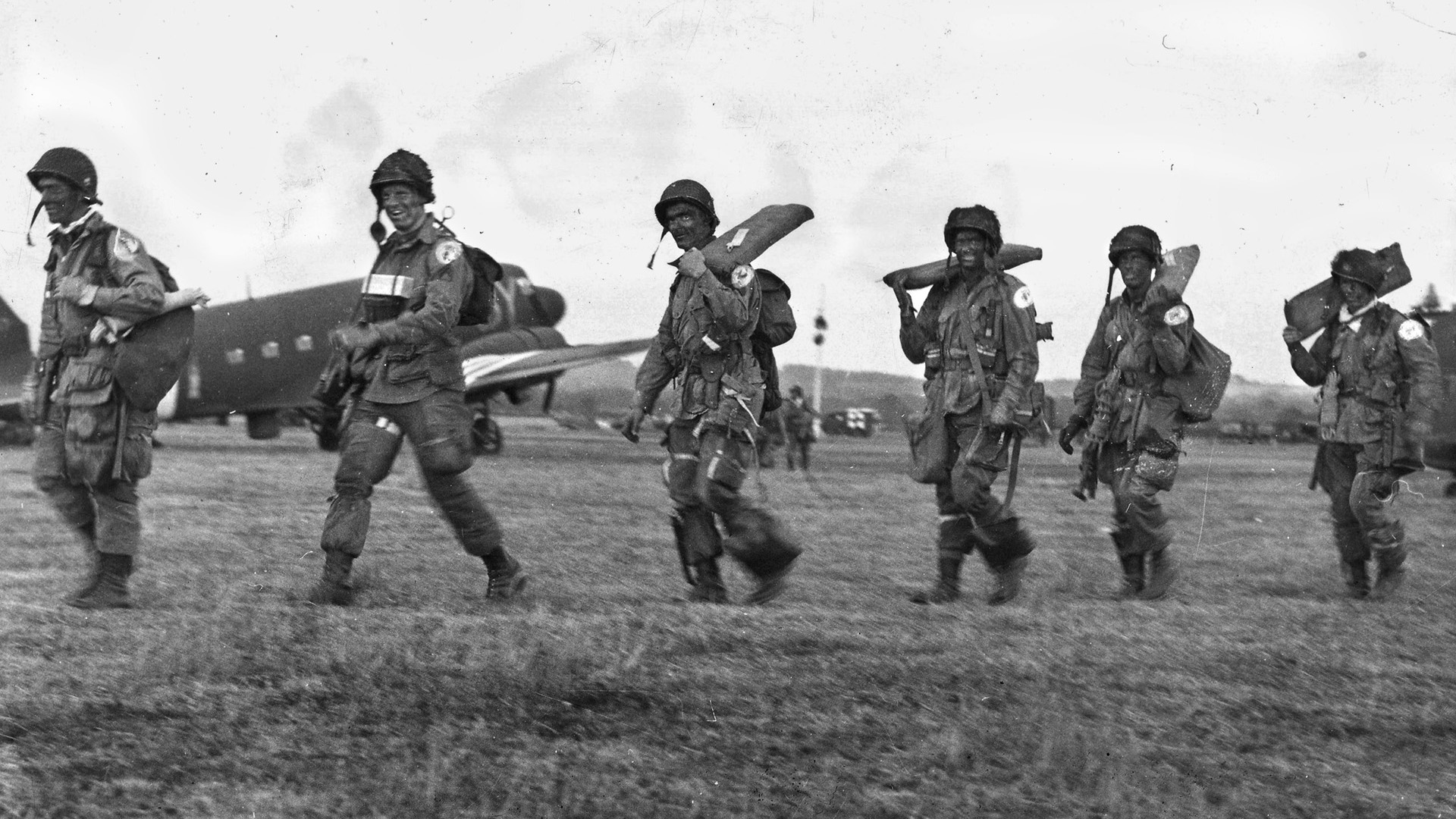
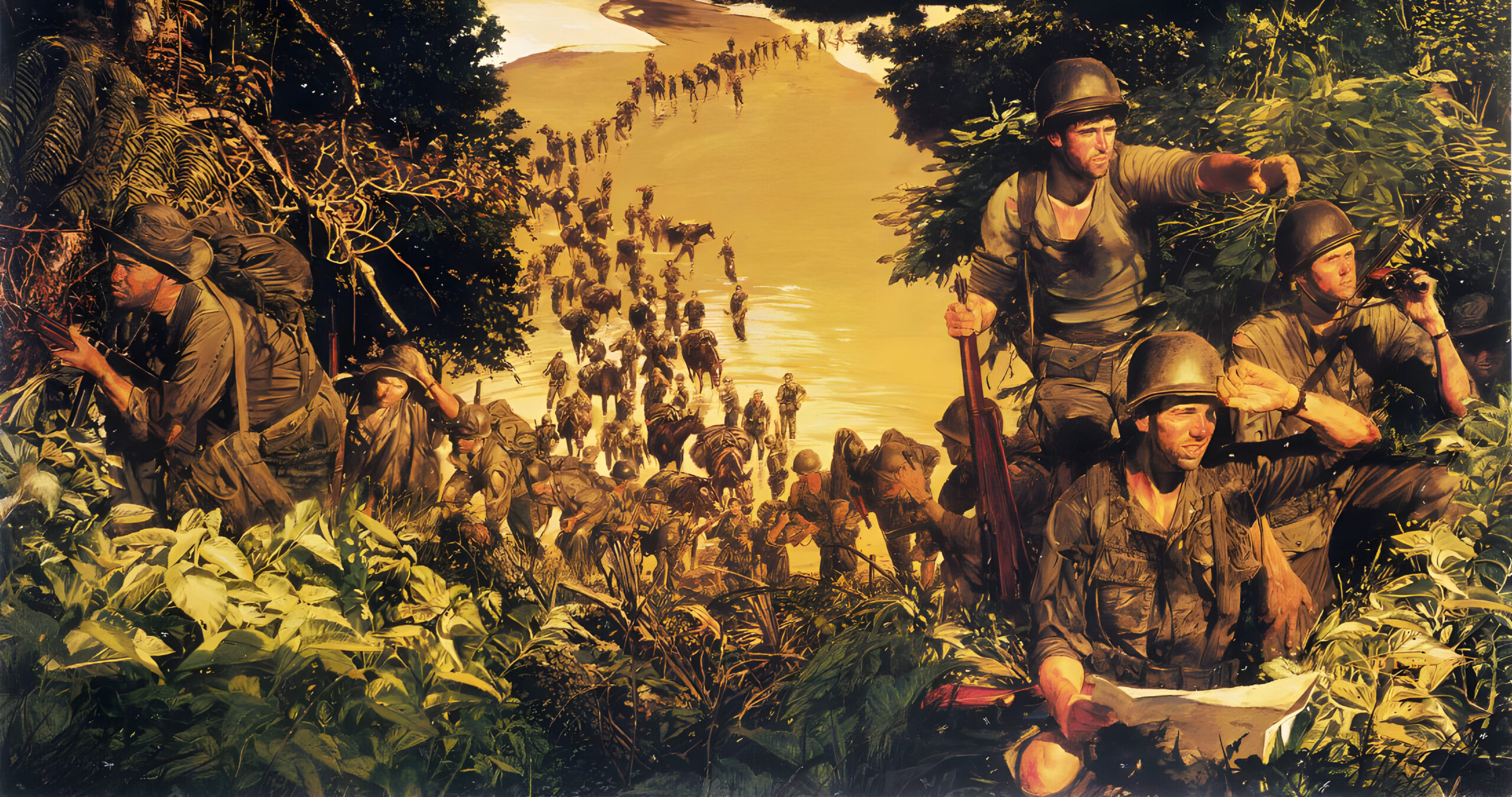
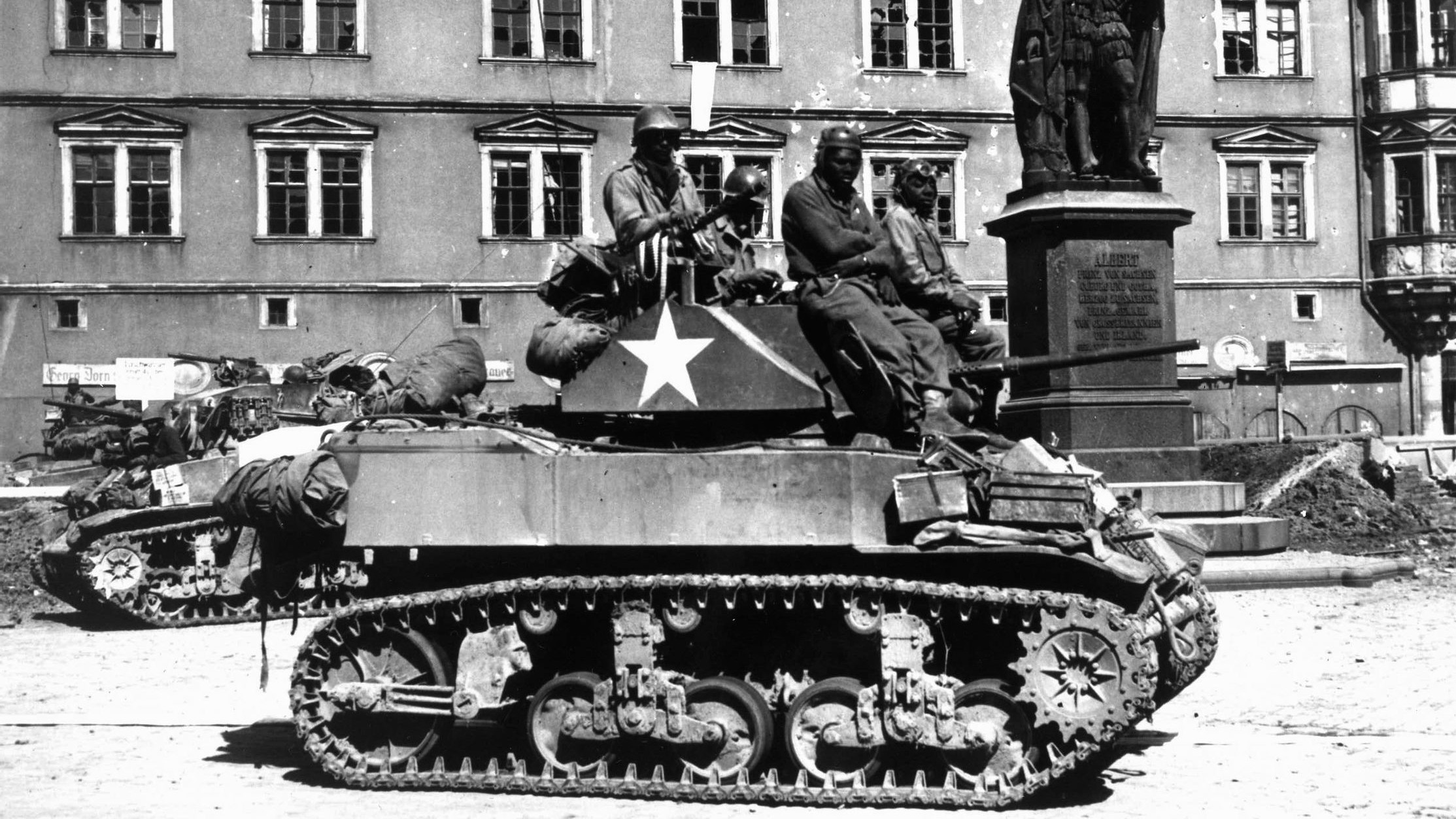
Thank you for a fascinating story that deserves to be better known.
Super article
Super article did not know about British tank design and development. Thank you Yanks mmp@hotmail.com.
Surely there is a movie waiting to be to be made about this character that you have portrayed so well.
Great article about a visionary military thinker. Fortunately, Winston Churchill was not swayed by the traditionalist’s dismissal of Hobart just because he didn’t’ “fit the traditional mold”. Despite his apparent difficulties in getting along with some people, Hobart’s military genius was recognized by the prime minister at the perfect time in history. The U.S. Army’s General George Patton was similar to Sir Percy Hobart, in that he had trouble in keeping his often critical opinions to himself, but his men loved him and would willingly die fighting alongside him. Let’s hope that the current military and political leadership of the U.S. and its allies never becomes so “woke” that they forget the priceless military value of these unconventional “misfits”.